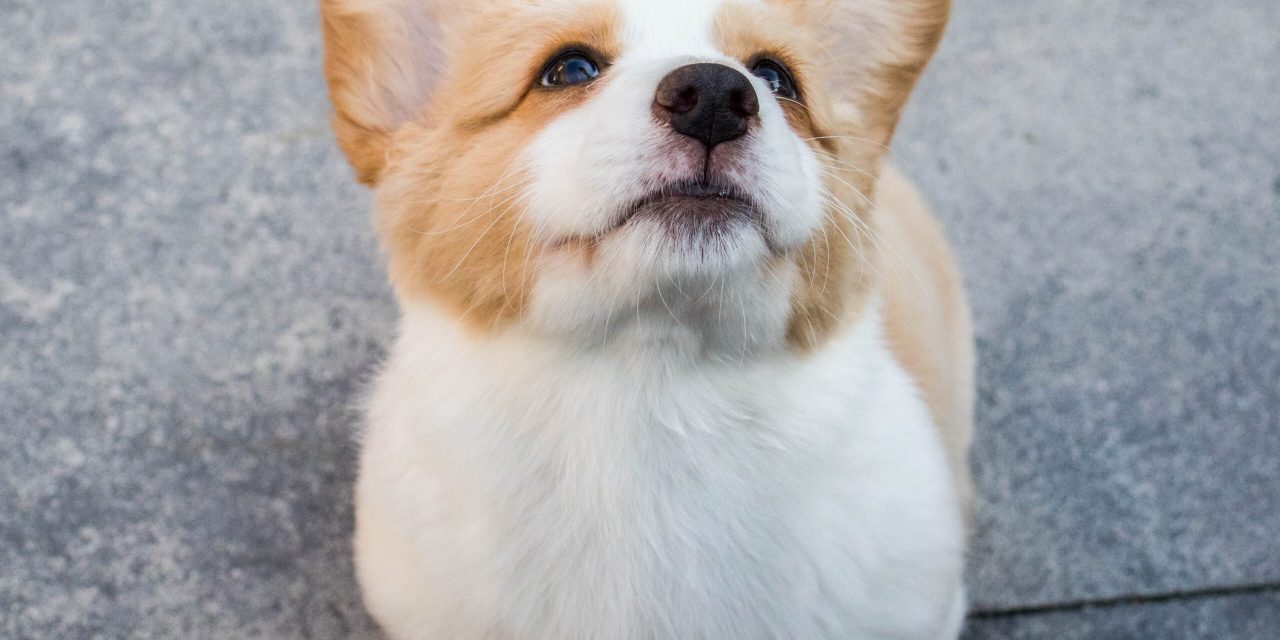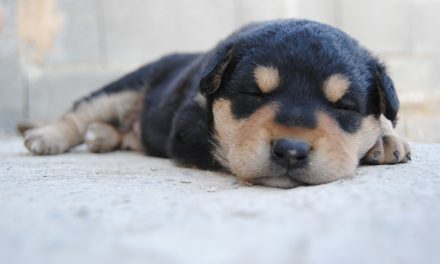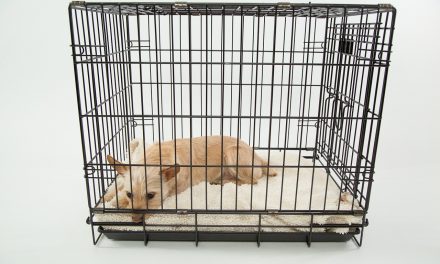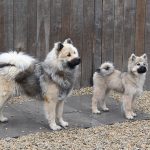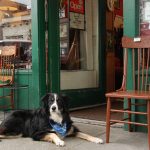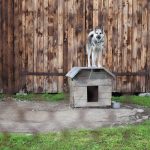Dog training is essential if you want to raise a puppy into a healthy, happy, well-balanced dog. The absolute minimum training you should do with your dog is;
- Socialisation
- Toilet training
- Basic obedience
Socialisation is essential when you purchase a puppy for the first time. If a puppy is not socialised early on, it can become nervous, scared and fear aggressive. You might also have issues with separation anxiety and aggression towards other dogs, especially at mealtimes.
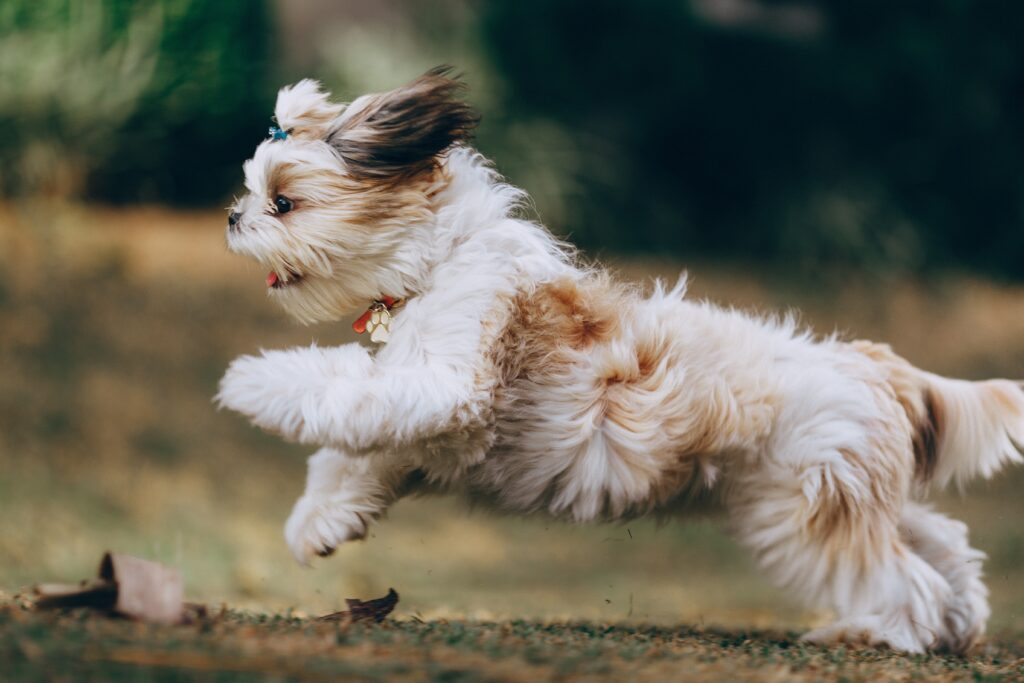
What to expect from our article
Socialisation is a term used to describe exposing your new puppy to the sights and sounds of the world. The outside world can seem like a big, scary place to a tiny puppy. There are many noises that your puppy has never heard before, so we want to expose the puppy to as many sights and sounds as possible to normalise them so the puppy won’t be scared.
There will be a period before your puppy has finished his/her vaccinations, and during this time, you will be carrying your puppy around. This is the perfect time to expose your puppy to loud noises. Your puppy will feel safe snuggled up to you so the exposure won’t be as scary to him/her.
What noises should I expose my puppy to?
You should expose your puppy to every type of noise that you can imagine you will encounter while out walking on a daily basis.
Traffic
There will never be a timeout on a walk that your dog will not encounter some kind of traffic noise, so early exposure is essential. You will want to take your puppy to high traffic areas, the busier, the better; like the city centre, for example. There are lots of different types of traffic noises like;
- Busses
- Trains
- Lorries
- Motorbikes
- Bikes
- Car horns
- Carwash

People
Areas where there are lots of people can be very loud. These areas can be terrifying to your puppy, so this type of exposure is excellent not just for the noise but for the people. When people see a cute puppy, they will want to say hi.
You might not want someone you don’t know to touch your puppy, but by not letting strangers touch them at an early age, it could mean they become scared of people as they get older especially overbearing children who have no sense of boundaries. Fear turns to aggression, and aggression turns to biting.
You will want to expose your puppy to lots of different people. Dogs have a fantastic sense of smell, and everyone smells different. It may not have crossed your mind, but it is something that has come up previously with many dog owners asking advice about it.
Dogs can take a disliking to a person because of their ethnicity. This might seem odd, and It’s not because the dog is racist; it is because they look and smell different. If a dog has never encountered something before they can become scared of them, so it’s essential to expose them to as many people as possible.
The places you can take you puppy to expose them to people are;
- Cafes
- Tourist attractions
- train/bus station
- Parks
- Markets/car boot sales
- City centre
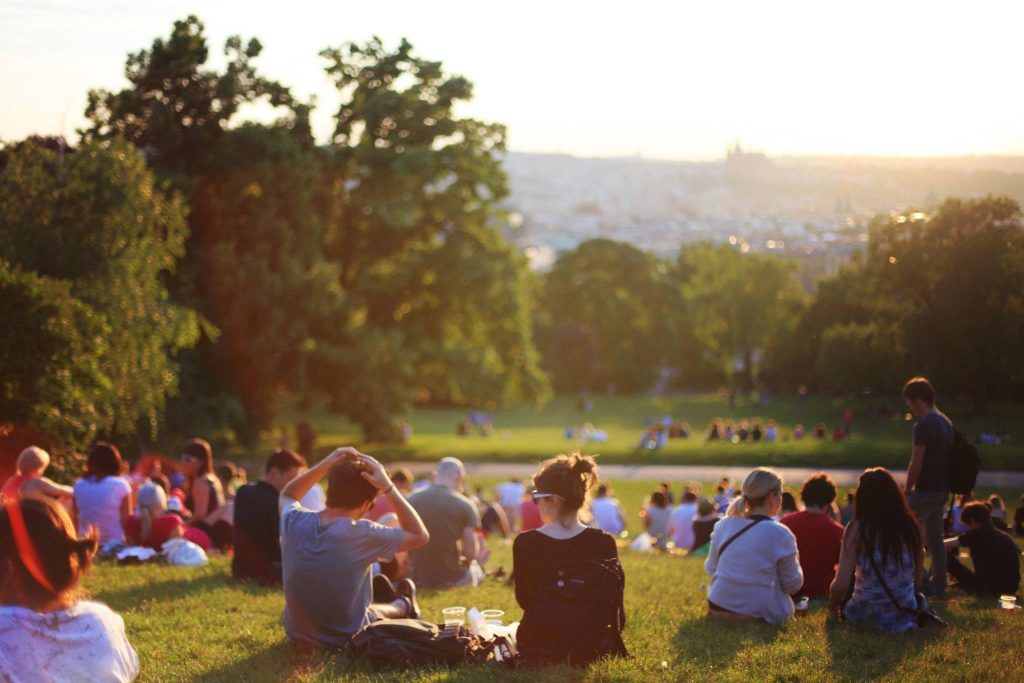
Toilet training
Toilet training is a must unless you want your puppy peeing and pooping all over the house. Puppies are quick to learn, and with consistency, your puppy can be toilet trained in just a few weeks.
How to toilet train a puppy
The first thing you need to know that you should never scold your puppy if they pee or poop in the house. Puppies don’t know what they are doing is not acceptable, they know they need to pee and poop, and that’s the end of it. It is up to you to show the puppy where it is and isn’t acceptable to pee and poop.
Confine them to one room
It will be much more difficult to toilet train your puppy if they have access to lots of different areas of the house. Try to confine the puppy to one room, ideally a large pen if you have room for one.
Limiting a puppy to a smaller area will be easier for toilet training as you can put down puppy pads, if any accidents occur in the house, you can easily clean it up. Limiting them to one room also means fewer favourite spots for the puppy to go to when they do need to pee.
You should not rely on puppy pads as an alternative for taking them outside, allowing them to pee or poop on puppy pads will reinforce that it’s ok to pee and poop inside, which will extend training time.
What should I use to clean up accidents?
If your puppy does have an accident inside, it is essential to use products specifically for neutralising pee. Some cleaning products contain ammonia, and so does a dog’s pee. Using ammonia based products will only add to the pee, they won’t remove it, and it will encourage your puppy to keep using it as a place to go pee.
There are many products on the market, which make it challenging to know which one is best; this urine odour and stain remover is the most popular choice among dog owners.
Take your dog outside regularly
When your puppy is small, they cannot hold their bladder for very long, which means they will be peeing quite often. Start by taking them outside at least every half an during the day, place them in the spot where you want them to pee and wait a few minutes. If your puppy pees, then give them lots of praise. You should keep some treats to hand so that your puppy learns to associate peeing outside to getting treats.

Recognise the signs your puppy needs to pee
With some dogs you may not know when they are going to pee, my chow chow when he was a puppy would just stand there and pee, no sniffing just pee and he still does it now from time to time, like he’s forgotten where he is and just pees.
Most of the time, there are lots of telltale signs that your puppy is going to pee.
- Sniffing the ground
- Lowering their back end to the ground or squatting
- Whining and barking
- Pacing and circling
- Going to an area, they have previously peed
Other times when your puppy will pee;
- After a nap
- Mealtimes
- After or during play
- First thing in the morning
As mentioned before your puppy will not be able to hold its bladder for long periods of time, so you will need to get up during the night to take him/her out to pee and follow the same routine as during the day. If your puppy has had an accident, then clean it up without making any fuss.
Basic obedience
Basic obedience is essential to any new puppy. Many people see obedience training as punishment, but this training is critical to keeping you and your puppy safe. It teaches your dog there are rules and boundaries, but most of all it teaches them that you are the boss.
An unruly puppy is cute, but it won’t be so cute when it grows into a wild, full grown dog. Here are our tips on teaching your new puppy some basic commands.
Teach your dog to sit
Teaching your dog to sit is quite simple and only requires a few steps to accomplish.
- Call your dog towards you, once the dog is calm, take a treat and hold it near to their nose, close enough for them to smell it but keep it in a fist so they can’t take it.
- Slowly move the treat in a straight line towards the back of the skull, as your dog follows the treat, they should automatically go into a sit position. As soon as your dog’s butt touches the floor, release the treat and give lots of praise.
- If they follow the treat but don’t go into a sit position the first time, hold the treat back to the dog’s nose (on the left) and use a circular motion from the nose around the back of your dog’s head and back to the nose (on the right) guide them back to the starting position. You want to bring them back to face you.
- Once your dog makes it to the sit position, you can continue practising using the same circular motion to bring them back to the stand position.
- Once your dog has successfully mastered the sit position, you can add the command ‘sit’ to the process. Timing of the sit command is critical; you want to say it just as they are about to enter the sit position. You can practice this in the same way as before until they have learnt that the word sit means sit; eventually, you will be able to remove the treat and just use the command you have taught them.
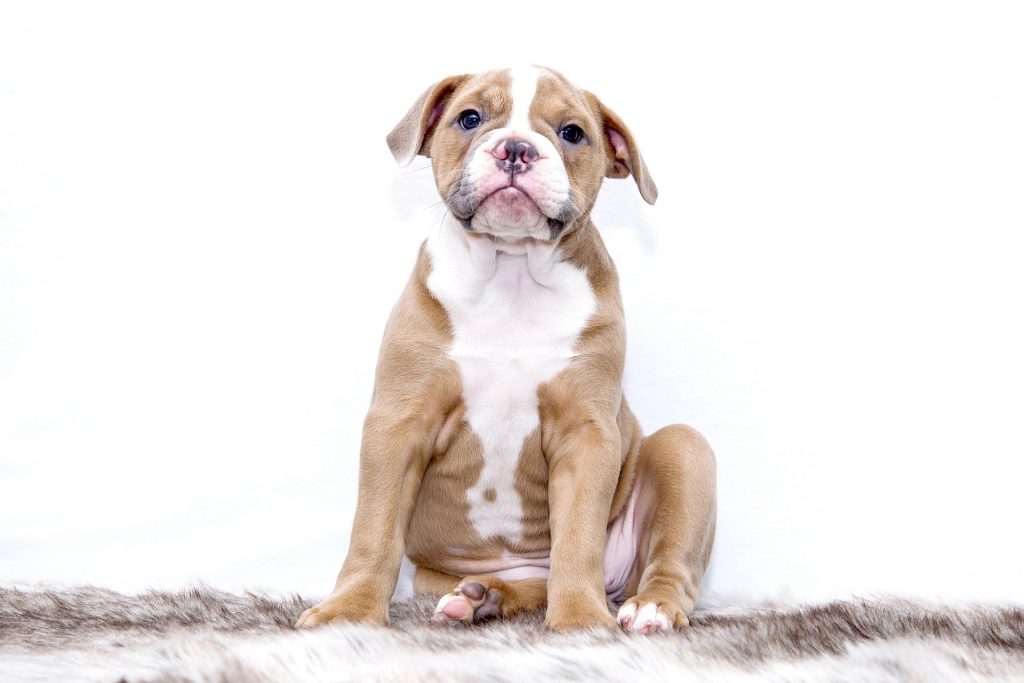
Teach your dog to lie down
This command can be a little tricky at first, but with perseverance, your dog should pick it up quite quickly. Start by placing a treat in the palm of your hand, covering it slightly with your thumb so the dog can see it and smell it, but he can’t take it.
- Place your hand palm down onto the floor, trapping the treat beneath it. Your dog should investigate and try to retrieve the treat.
- Like the sit position, your dog should automatically lie down to try and get to the treat, once your dog lies down release the treat and give lots of praise.
- Using the circular motion from above bring them back to a stand or sit and repeat the process until your dog is consistently lying down.
- Once they have learnt how to lie down, you can introduce the ‘lie down’ command, same as before you need to time it just as they start to enter the lie down.
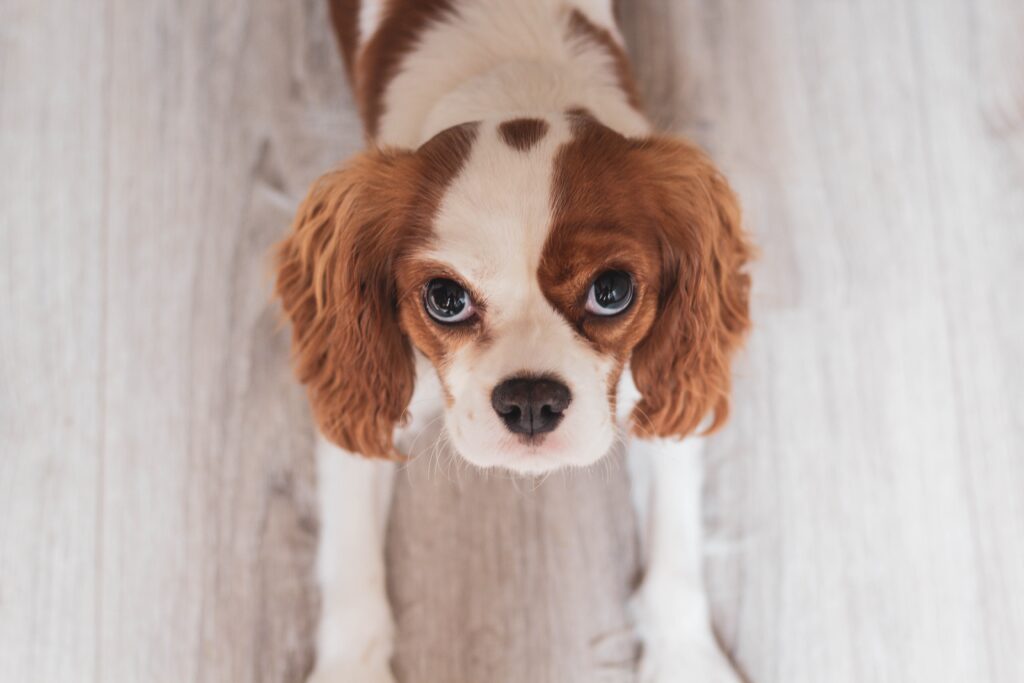
Teaching your dog to come (recall)
It is straightforward to get your dog to come to you when you call them but can you do it when there are many distractions, another dog or a small furry animal that looks super interesting?
Teaching your dog to come is called recall in the dog world, and it is going to be one of the commands you use a lot, especially if you want your dog to be off lead. Recall needs to be practiced lots; if your dog doesn’t come every time you call, you should not let him/her off the lead. Dogs with a poor recall may cause a danger to themselves or others so think safety first.
There are a couple of techniques you can use to reinforce this command a fun way to teach recall is to take a treat and hide somewhere in the house, once hidden call to your dog.
Once your dog finds you give him lots of praise and give him a treat, the game can be played anytime, and dogs do like to play hide and seek especially when there is a treat at the end of it. This technique is better suited to dogs who already know their name.
Another technique is to have a family member sit on the floor, holding the dog in a sit position. You can sit a little further away and call your dog to you using the command ‘come’ make it a game using a high pitched voice and give plenty of praise.
Practice this a few times until he/she comes to you consistently, you can move further and further away each time.
Once your dog has mastered recall in the home and garden, it’s time to take it a step further and try it out in a public place. Always keep your dog on a training lead when practising in public; a training lead will allow you to rein him/her in if they decide to go after the distraction.
You may have to work a little bit harder with distractions in place so using treats that your dog cannot resist like cheese or hotdogs and make it fun; he needs to think you are more entertaining than the distraction he/she wants to run to.

Teaching your dog to stay
Teaching your dog to stay will be a hard command to teach especially with puppies who won’t sit still for very long. Don’t be disheartened if they don’t get it right away; they will get there with time and practice.
You can start to teach stay from a sit or a lie down position, just choose whichever you feel more comfortable with.
- Start by using a less playful voice; you want your dog to know this is a requirement, not a choice.
- Place your hand out towards the dog with your palm facing towards him/her. In a stern voice, use the command ‘stay’ if your dog stays in the starting position, then praise and treat.
- Repeat this and continue to praise and treat, but only when your dog stays in the start position.
- Repeat the process, moving a little further away each time. If the dog moves at any point, return to the starting position and move closer to the dog.
- Continue practising this command, increasing the time you hold them in the stay.
If you want to develop your training further you can take them to different environments and practice there, teaching commands to a dog with lots of distractions can be challenging for some dogs still, most manage to stay focused. Make it fun for your dog to learn and never punish them if they get it wrong.

Important!
When doing any kind of training in public, you should keep your dog on a training lead. Using a training lead can give them a little more freedom than a regular lead and helps to secure the dog if he/she decides to make a run for it. Check out this 8-foot training lead.

